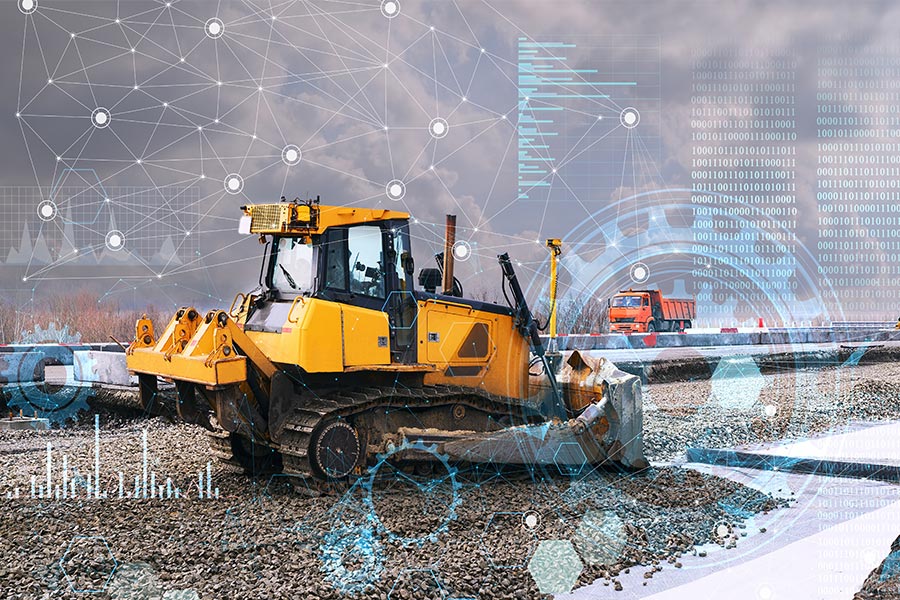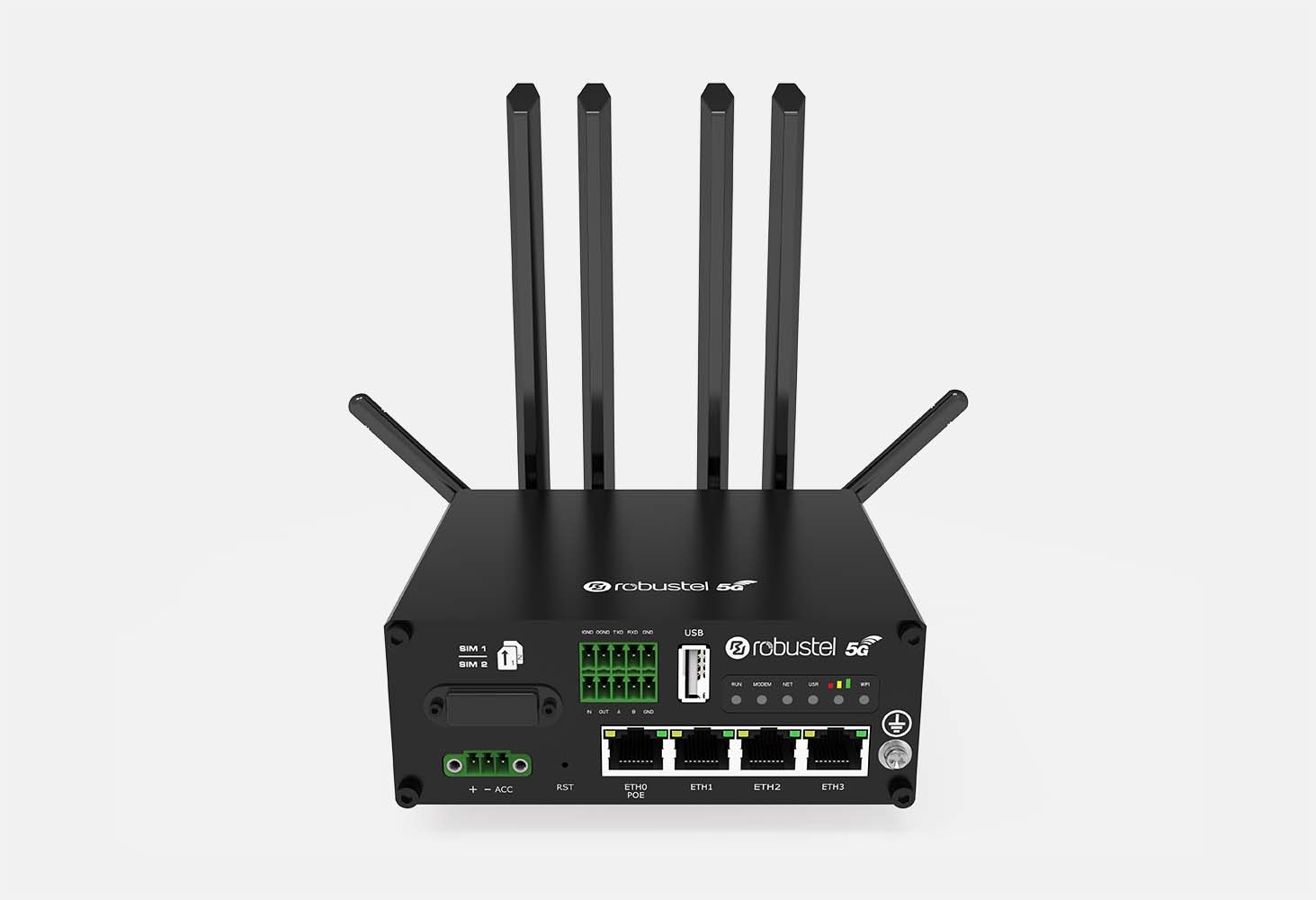The mining industry, a vital pillar of global economic development, constantly seeks innovative solutions to address its unique challenges. One area that has shown immense potential is the application of Internet of Things (IoT) technology. In this article, we discuss how IoT is revolutionizing mining operations, with a specific focus on its game-changing role in mining truck monitoring. By addressing industry-specific pain points head-on, IoT and 5G are transforming the way mining companies ensure safety, optimize operations and achieve cost-effectiveness
Understanding the Mining Industry
The mining industry is characterized by vast and complex operations, often in remote and challenging environments. Two major challenges in mining truck operations are limited visibility and noise-related issues, which increase collision risks and pose threats to worker safety.
Limited Visibility and Noise Challenges
Operating mining trucks in rugged terrains with limited visibility presents significant safety concerns. The sheer size of the trucks, combined with complex terrains and adverse weather conditions, makes it difficult for drivers to have a clear line of sight. This increases the risk of accidents, collisions, and damage to equipment and infrastructure. Furthermore, high levels of noise generated by mining activities hinder effective communication and situational awareness, further exacerbating safety challenges.
Collision Risks and Worker Safety
The presence of multiple mining trucks, workers, and equipment within mining sites increases the potential for accidents and collisions. Blind spots created by the size and design of mining trucks pose significant risks, particularly when workers are in close proximity to moving vehicles. These blind spots can result in accidents, injuries, or even fatalities if proper safety measures are not in place. Ensuring worker safety in such environments is a critical priority for mining companies.
The Power of 5G and IoT in Mining Truck Monitoring
5G and IoT technology play a game-changer role in the mining industry, offering unprecedented capabilities in monitoring and managing mining truck operations in low latency. By leveraging a network of devices, cameras and sensors, interconnected by Robustel 5G IoT routers, the solution enables real-time data collection, analysis, and decision-making, while private 5G networks are being implemented to run autonomous machines 24/7. This data-driven approach empowers mining companies to enhance safety, optimize operations, and drive productivity.
1. Enhancing Safety through Real-time Monitoring
IoT enables real-time monitoring of mining trucks, providing valuable insights into their location, status, and performance. By equipping trucks with IoT sensors, companies can track their movements and receive instant alerts in the event of potential risks or hazardous situations. This proactive approach allows for timely intervention, minimizing the chances of accidents, collisions, and injuries. Furthermore, IoT can facilitate the implementation of geofencing mechanisms, ensuring that trucks adhere to designated safe zones within the mining site.
2. Optimizing Operations and Maintenance
IoT technology enables predictive maintenance, a key advantage for mining operations. By collecting real-time data on various parameters such as engine performance, fuel consumption, and tire wear, IoT systems can identify potential issues before they escalate into costly breakdowns. This allows mining companies to schedule maintenance activities proactively, minimizing downtime and optimizing the lifespan of mining truck assets. Additionally, IoT-driven data analytics can provide valuable insights into operational inefficiencies, helping companies make informed decisions to streamline their processes and improve productivity.
3. Improving Asset Utilization and Resource Allocation
IoT-enabled monitoring systems provide accurate and real-time information on the utilization of mining trucks. By analyzing data on factors such as idle time, route efficiency, and payload capacity, companies can identify opportunities to optimize asset utilization and allocate resources more effectively. This leads to significant cost savings and improved overall operational efficiency.
Conclusion
IoT technology is revolutionizing the mining industry, particularly in the domain of mining truck monitoring. By addressing the challenges of limited visibility, noise, collision risks, and worker safety, IoT solutions are transforming the way mining operations are conducted. From proactive risk mitigation to predictive maintenance and improved resource allocation, IoT is reshaping the industry, ensuring safer, more efficient, and sustainable mining practices. As mining companies continue to embrace IoT solutions, we can expect further advancements and transformative outcomes in mining operations, paving the way for a brighter future in the industry.


